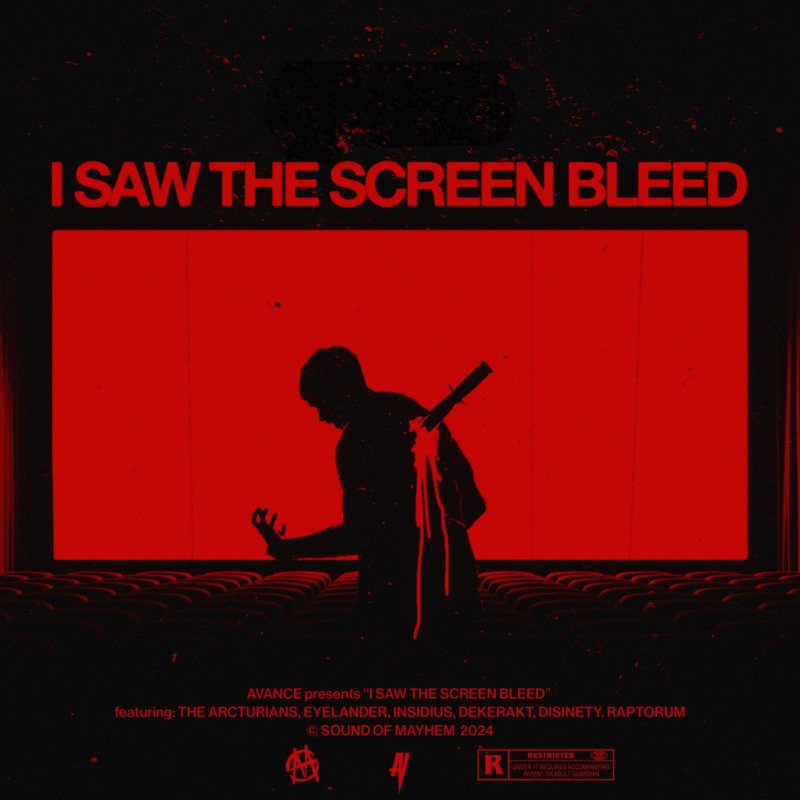There are many popular styles of clothing worn by the characters of different anime series. Sailor Moon has school uniforms and '90s fashion, Attack on Titan has a military uniform and medieval-style clothing, and Dragon Ball has the fighting gi that has become synonymous with the series. Most of the time, the styles worn by the characters are rather practical and something a normal person would wear on an average day. There is one style, however, that has a unique history and is always a delight to see: the Lolita style.
Lolita fashion is highly influenced by French Rococo and Victorian fashion trends, usually coming off as doll-like. There are many types of Lolita styles including goth, sweet, hime (princess), sailor and other aesthetics. In anime, one of the most common types to be depicted is the gothic Lolita. Ruri Gokou from Oreimo is one of the most well-known Lolitas in anime. Rozen Maiden also features several different types of Lolita styles.
The exact date of Lolita's inception is unknown, but it's believed that it began growing in popularity around the 1980s. It was influenced by a trend called Otome-kei, which emphasizes the idea of "maiden." During this time, there was a rise in popularity for "cute" things. This in turn would evolve into "doll-kei," which would then turn into Lolita. These trends were primarily popular in the Harajuku district of Tokyo, famous for its shopping and street fashion outside of just Lolita style. The style was part of a movement among younger Japanese citizens to carve out their own identity when society tries to "hammer down the nail that sticks out."
In the 1990s, the style became more widely accepted with the success of visual kei bands like Malice Mizer, whose member Mana went on to create his own Lolita label called Moi-même-Moitié. In 2009, the Japanese Minister of Foreign Affairs created a program that assigned "Kawaa Taishi" or "ambassadors of cuteness" to try and help promote tourism in Japan. Since then, the style has seen a slow decline in popularity with the advent of fast fashion, as not only is this much cheaper, but there's also better availability. As with most niches, certain Lolita prints or styles are limited or rare, thus being more expensive. Many fans also hand-made their own dresses in the early '90s, so buying second-hand is common in the culture.
The term Lolita refers to the novel of the same name, although it doesn't hold the negative connotations that have stemmed from the word. The novel, written by Vladimir Nabokov, is told from the unreliable point of view of a man who grooms and abuses a 12-year-old girl he calls Lolita. Despite the sexualization of the novel and Lolita herself, the street fashion trend doesn't emphasize this aspect. Rather, it focuses on the innocence of childhood and the elegance of dolls. There is nothing inherently sexual about the style -- it's a way to express one's love for grace and cuteness. It isn't about what a person looking at the wearer feels, but how the wearer feels about themselves.
This association with innocence is what most likely drives the inclusion of characters who partake in the style in anime. Many Lolita characters fall under the gothic aesthetic, meaning that they dress in dark, usually black clothes and tend to be seen as creepy. They still have that air of innocence about them, but at the same time, they are used to balance out other bright and bubbly characters. Alice from Digimon Tamers, Ruri from Oreimo, Cyan from Show By Rock!! and Celestia Ludenberck from Danganronpa are just a few that can be found throughout various serious in a number of genres.
About The Author

